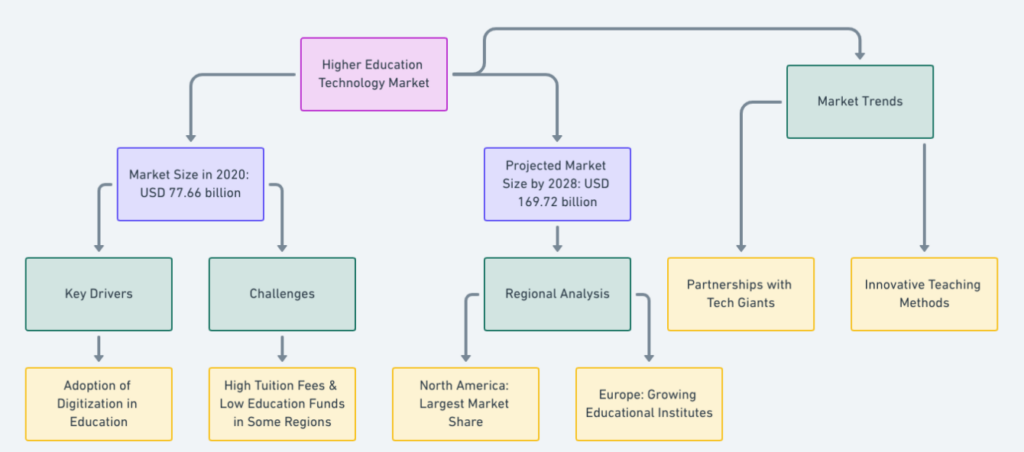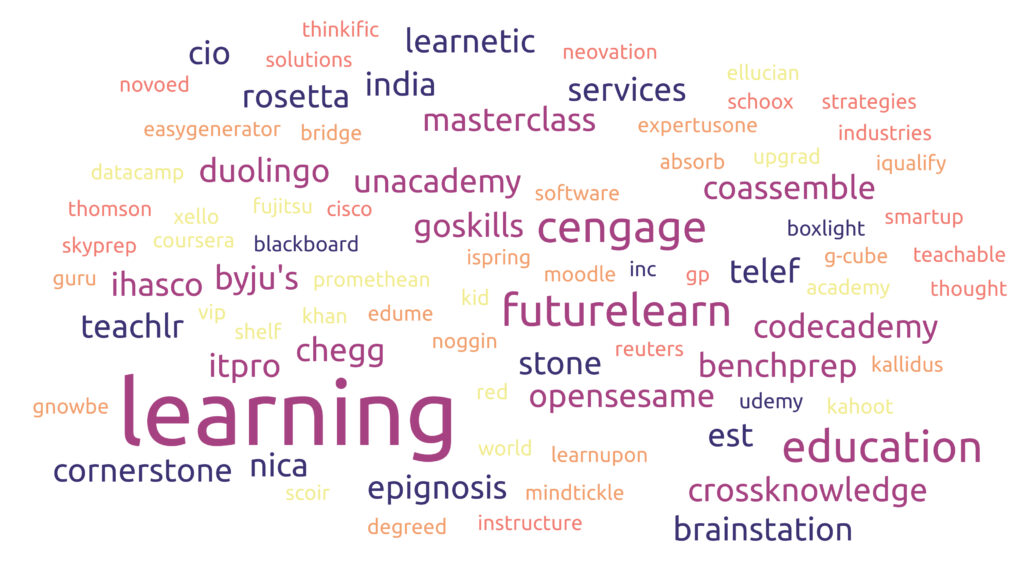The higher education technology market is booming, with a projected value of USD 169.72 billion by 2028. This growth is indicative of the growing recognition of technology’s potential in academia, but it also raises questions about the sources of funding. Are educational institutions, governments, or private sectors the primary investors? While the sector is predicted to grow at a CAGR of 10.3%, the dynamic nature of technology and its evolving role in education raises concerns about whether this growth rate will sustain or even accelerate in the coming years.

Future promise?
The increasing use of technology in higher education promises enhanced learning experiences and wider access, but it also highlights the potential for a social divide. Those with limited access to technology or digital literacy skills might find themselves at a disadvantage. Collaborations between universities and tech companies are becoming commonplace, aiming to foster innovation in education. However, there’s an ongoing debate regarding the ethical implications and the influence of corporate interests in educational settings. The rise of online education platforms marks a significant shift in how knowledge is imparted. This shift offers flexibility and broader access but might contribute to a further divide. It also raises questions about the evolving role of teachers in this digital landscape.
The growing investments in educational software reflect confidence in the sector. However, the rapidly changing nature of technology and varying educational needs make it a field with both high potential and notable risks. North America’s leadership in this market, thanks to its advanced educational infrastructure, is noteworthy. However, this prominence throws into relief the challenges faced by other regions.

Rest of the world?
How can emerging economies and less technologically advanced regions keep pace in this digital race? In conclusion, the burgeoning higher education technology market is a landscape of opportunities and challenges. While it promises transformational changes in the education sector, it also brings to the fore critical debates on equality, ethics, and the true nature of learning in a digital age. As we navigate this evolving terrain, it’s crucial to address these challenges head-on, ensuring that the march of technology benefits all corners of the globe and all strata of society.
Higher Education Technology Market Size, Share | Growth [2028]. (n.d.). December 2023, from https://www.fortunebusinessinsights.com/higher-education-market-104503


